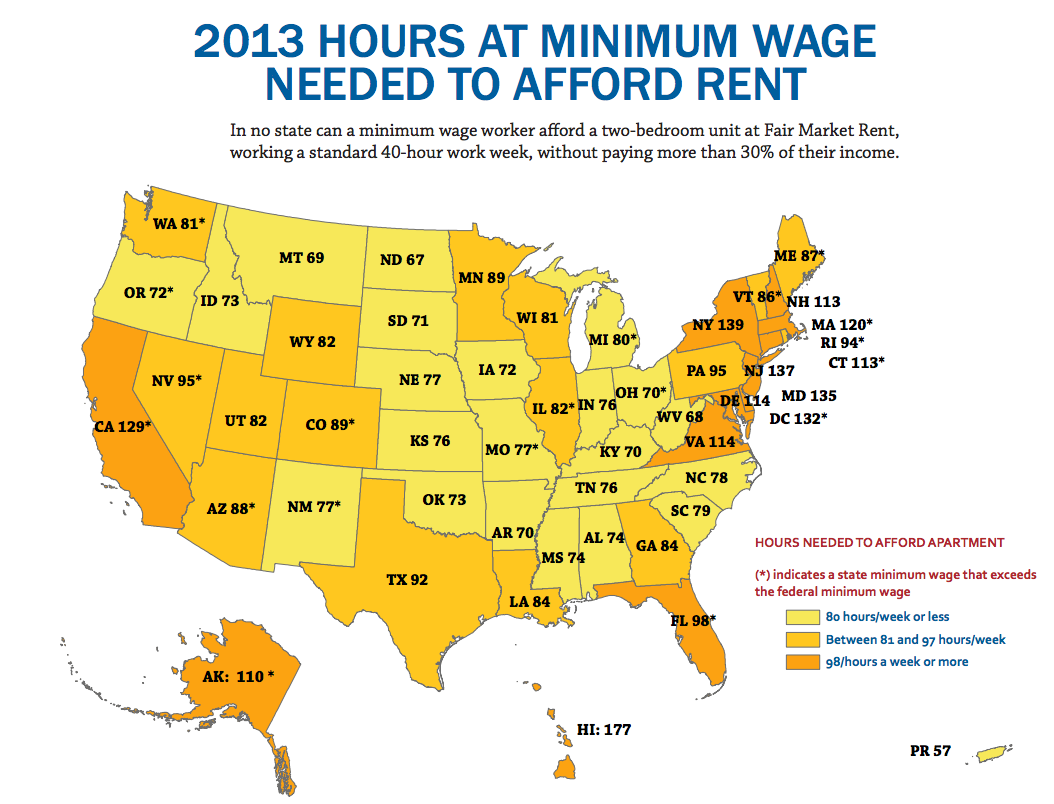We received many questions about tiny houses recently in our website survey, on our social media and on the Community Workspace on Homelessness. This is part two of a three-part Homeless Hub series on this topic. You can read our part one in the series here.
Over on the Community Workspace on Homelessness, Joyce Halliday asked: “should we look at the Tiny Housing Movement as an option for the ever widening gap in affordability?” Tiny houses are a proposed solution to housing affordability that are becoming increasingly popular in the US, and Canada has begun considering tiny houses as a housing alternative. At Toronto's housing convention in March, one of the most popular features showcased was the Tiny House Construction Company's 200 square ft house, proposed as a solution to the housing crisis and lack of affordability in the city.
In looking at how tiny houses could be adopted in Canada as an affordable housing solution, it’s helpful to first look at how tiny house communities have developed in other countries. Stories of success and failure in the tiny house movement have been prominent in the media lately, most notably from cities including L.A. and Seattle.
With such high rental rates across the United States, it’s not surprising that tiny houses have been proposed as an affordable housing alternative. For every 100 households of renters that earn “extremely low income” (30 percent of the median or less), there are only 30 affordable apartments available, according to a 2013 report from the National Low Income Housing Coalition. The report also highlights that in no state in the US can a minimum wage worker afford a two-bedroom unit at Fair Market Rent, working a standard 40-hour work week, without paying more than 30% of their income.
In the United States, there are a number of non-profit charitable corporations providing tiny homes to people experiencing homelessness. Community First! Village in Central Texas, a tiny house community ten years in the making, provides affordable, sustainable housing and a supportive environment for people with disabilities and people experiencing homelessness.
There is an important distinction to be made between tiny house communities established by non-profit charities and tiny houses built independently. Those who choose to build a tiny house may do so because they seek a more eco-friendly lifestyle or want to live mortgage-free. Tiny house communities like Community First! Village, on the other hand, provide people experiencing homelessness with an alternative to living unsheltered. They are not, however, a complete solution to the problem. The limited space in tiny houses makes them unsuitable for people with mobility issues, health complications or families. While the option of an insulated, dry and private shelter is more favourable than living unsheltered, as stated in our last blog post, permanent affordable housing solutions are necessary.
Similarly, in Europe, tiny houses have also been used as a solution to the gap in housing affordability. The Swedish town of Lund has offered tiny houses to University students as a response to the lack of affordable student accommodation.  However, in the case of students, this accommodation is only temporary. Most students spend only a few years in residence, and avail of other amenities and facilities for studying and recreation.
However, in the case of students, this accommodation is only temporary. Most students spend only a few years in residence, and avail of other amenities and facilities for studying and recreation.
As Emma mentioned, there are many reasons why tiny houses are not being used as social housing in Canada. Many criticisms of tiny houses relate to the fact that they could be considered cramped, cold and a health and safety risk to residents. In a Canadian context, tiny houses would need to be heavily insulated, well heated and dry throughout the winter. The Dragonfly, a 160 square foot tiny house by Robinson Residential Design in Regina, was designed with this consideration in mind and can withstand winter temperatures as cold as minus 40 Celsius. At $75,000 it’s more affordable than most houses on the market, but still expensive for low-income or unemployed individuals.
Outside of Canada, the tiny house movement has developed out of necessity; the housing crisis in America and the lack of affordable student accommodation in Europe are but two examples. As Leilani Farha wrote in her United Nations report last month “Homelessness occurs when housing is treated as a commodity rather than as a human right.” It is evidence of a failure in addressing growing inequalities in income, wealth and access to land and property.
We do know that tiny houses are not a quick fix for homelessness or a lack of affordable housing, as stated in part one of our tiny house blog post series. Increased federal funding is required to maintain and upgrade the social housing that currently exists, and new investments in other forms of affordable housing are also needed. However, it is possible that tiny houses could be more widely considered as an affordable housing option in Canada the future, and as the tiny house discourse continues, the answer to this question may become more apparent.
In part three, we would like to feature your thoughts on the tiny house movement. We encourage you to share your feedback with us on Facebook, Twitter or the Community Workspace on Homelessness, an online forum to discuss homelessness in Canada.
This post is part of our Friday "Ask the Hub" blog series. Have a homeless-related question you want answered? E-mail us at thehub@edu.yorku.ca and we will provide a research-based answer.
Photo credit: National Low Income Housing Coalition, 2013; HumbleHomes.com


